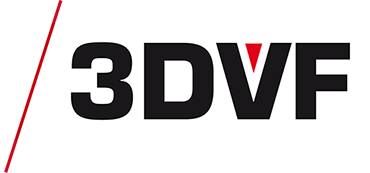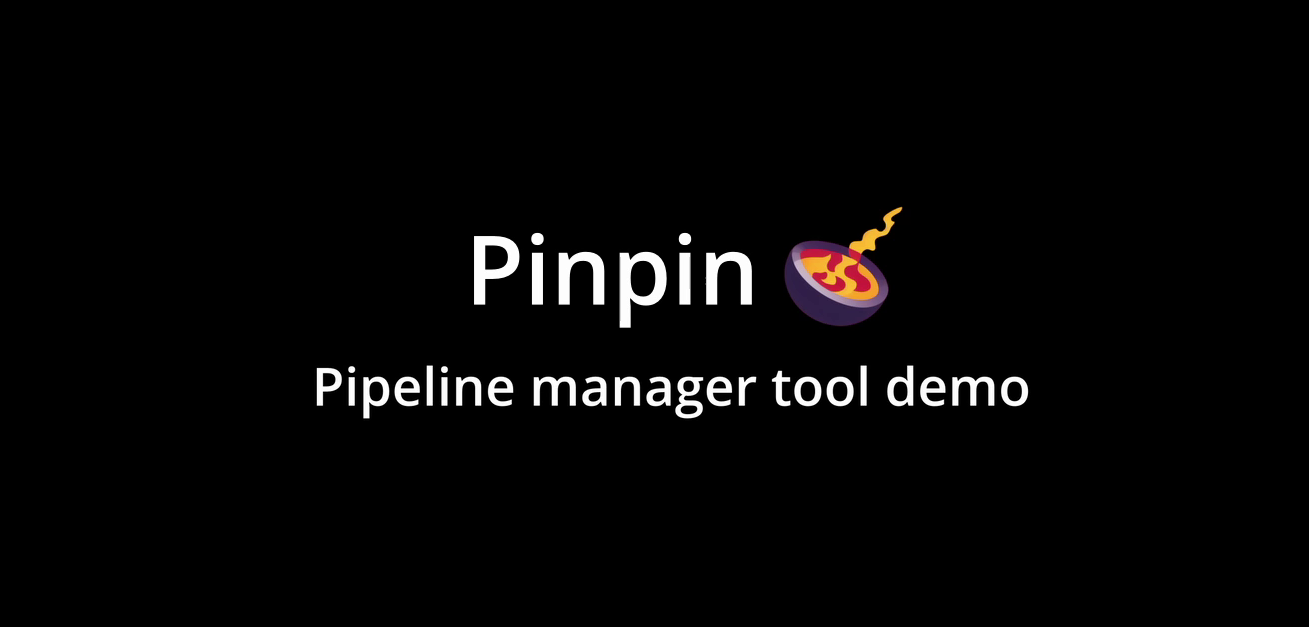This article is also available in:
Français
Following our interview with two students from French digital arts school ESMA about a RenderMan tool, here is Pinpin, a pipeline manager developed by two other students : Louis Bonnaud and David Delaunay from ESMA Montpellier. This tool is used by nearly 70 students at the school for their final year short films. Named Pinpin, it is available on GitHub.
Here is a video demo of this tool, followed by an interview with the students. And as a bonus: at the end of the article, you’ll find two teasers for their final year short films!
3DVF: Hello Louis and David, you are two final-year students at ESMA Montpellier, and you have developed Pinpin, a pipeline manager. Why did you embark on this adventure? What were the needs?
Louis Bonnaud and David Delaunay: The school switched to a new pipeline for final year films compared to previous years. It was partially simplified and made modular for Maya-Alembic and Houdini-USD workflows.
For all of us, it was our first experience working on a 3D animation film of several minutes, and we knew there would be many surprises and challenges during the production of the films. Pinpin came as a tool to save time and reduce human errors.
The goal was also to simulate the production conditions of 3D animation studios, all of which have their own pipeline manager.
Additionally, we enjoy programming, and creating this tool was a good opportunity to progress and acquire new skills.
3DVF: What exactly is Pinpin capable of?
Louis Bonnaud and David Delaunay: Pinpin is a set of tools, with its main feature being a standalone application, an improved version of a file explorer. It allows easy creation and navigation through the asset and shot trees of the film, opening files in their respective software, incrementing the latest file, and adding comments to a version.
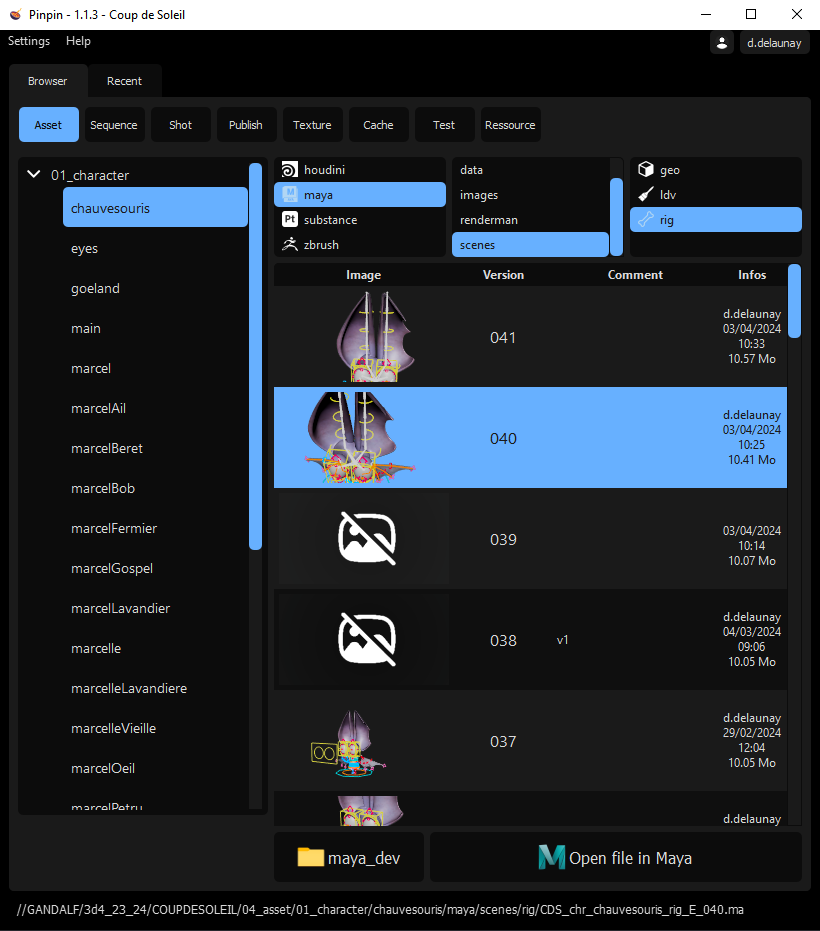
This browser is also available in Houdini and Maya, offering the same functionalities but with additional options depending on the software. In Maya, you can open, import, reference with or without namespaces, publish an asset, and create thumbnails. There’s also a window for exporting and importing Alembics, GPU caches with just a few clicks.
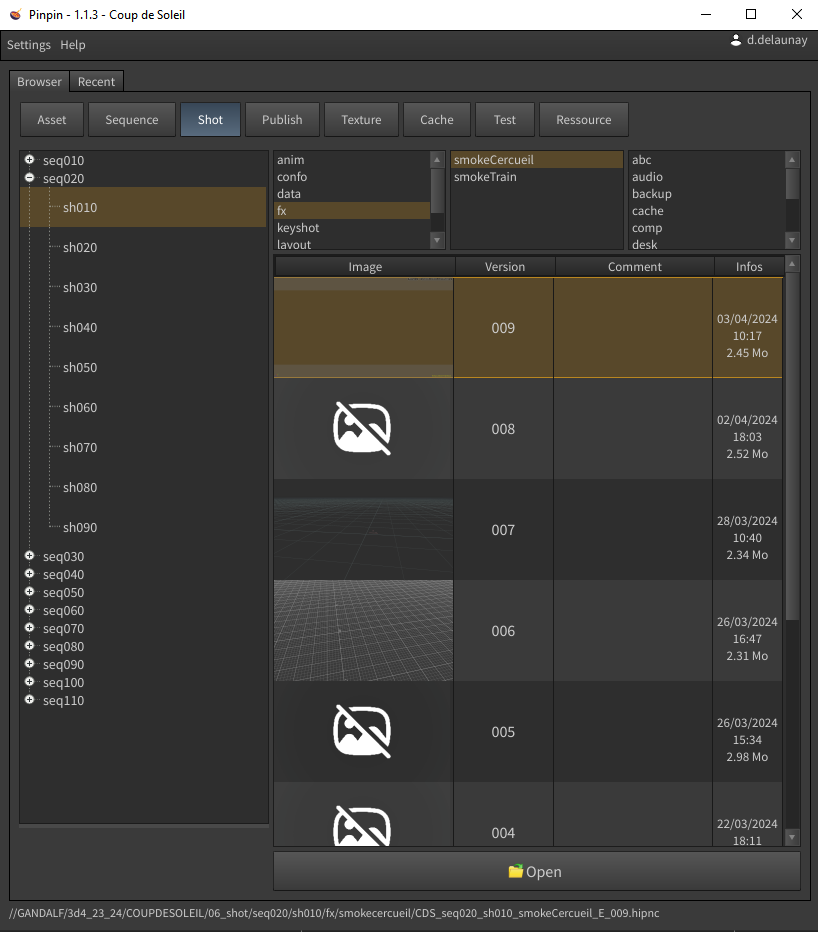
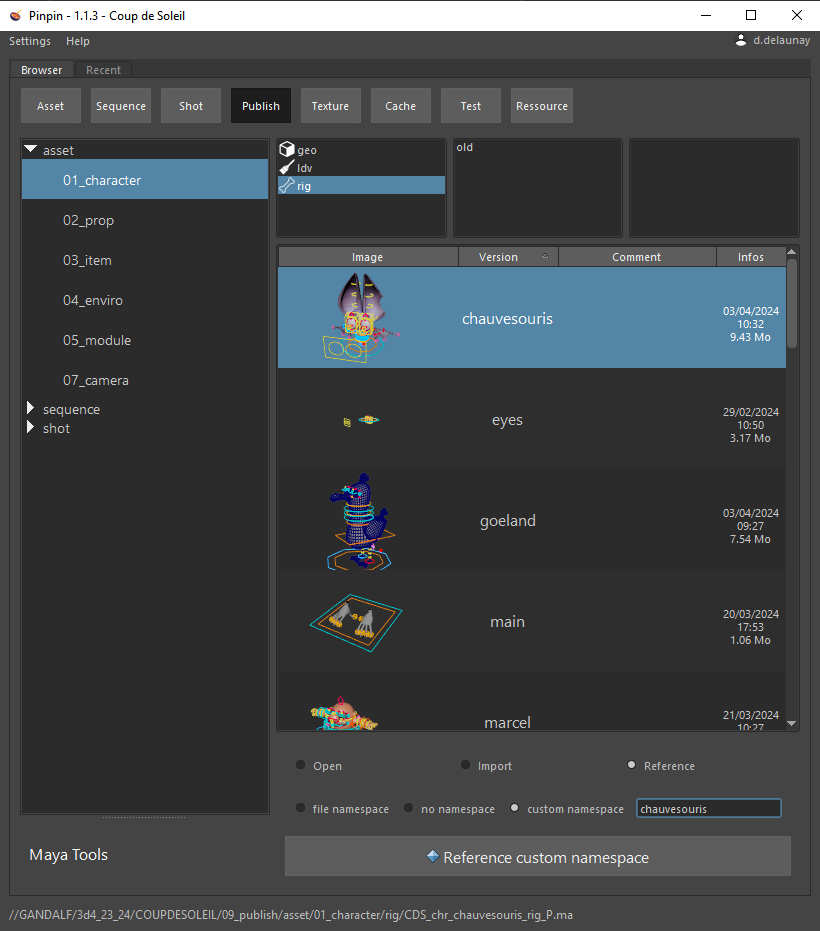
3DVF: How did you divide the development work, and what were your inspirations?
Louis Bonnaud: I handled the frontend part, creating the graphical interface and everything the user interacts with.
David Delaunay: I handled the backend part, structuring the app, functions executed when a user clicks a button, and distributing the application as an .exe installer.
For the software structure, we were mainly inspired by Prism, an open-source software developed by Richard Frangenberg.
For the interface, we drew inspiration from Pipou, developed by Fabien Meyran for his final year film at Rubika, and from Piper, developed by Thomas Godechot for the previous year’s final films at ESMA Montpellier (on a different pipeline from ours).
3DVF: What were the biggest challenges in setting up Pinpin, and how did you overcome them? Were there any surprises in terms of optimization?
Louis Bonnaud and David Delaunay: We were used to coding only one module (a single Python file) to create a tool, but Pinpin required us to learn how to create a package (a set of modules interacting with each other), which was not easy at first.
Distribution was also a challenge. We could either put the code on the network and distribute virtual environments to each student, which was quite unstable, so we opted for an .exe installer like a regular software, so each user has the entire program installed locally on their machine.
Programming updates was also tricky, requiring many tests to ensure the new version didn’t create any issue.
3DVF: The tool was used by the whole school (67 students from ESMA Montpellier), not just for your personal needs. Overall, what was the feedback? Were there any improvements based on their suggestions?
Louis Bonnaud and David Delaunay: The feedback was positive, even very enthusiastic for some.
Yes, there are always improvements to be made. The ergonomics could be better, and the error messages were sometimes hard to understand. We also received suggestions for more customization and flexibility.
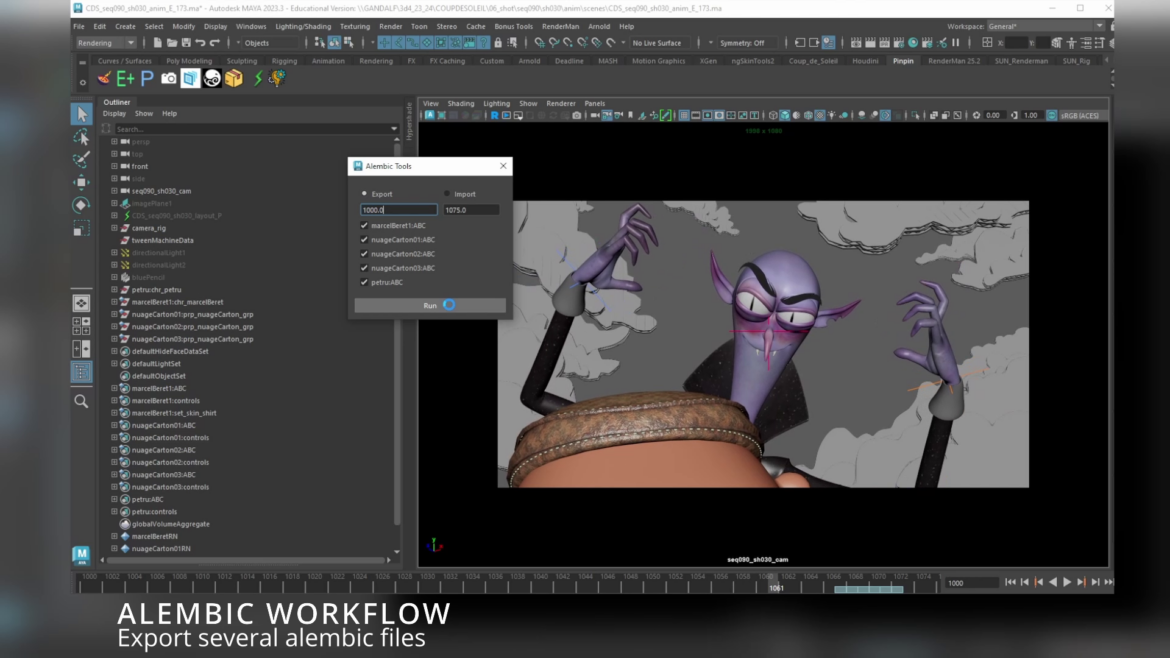
3DVF: Finally, a few words about your final year short films?
Louis Bonnaud: I am working on an action short film called S.O.U.R.C.E. It’s a battle between two giant robots to recover the last water source! I can’t wait to share it!
David Delaunay: I am working on a cartoon comedy titled Coup de Soleil, [Editor’s note: which can be translated as “sunburn”] which tells the story of a vampire who arrives in the South of France to devour the inhabitants of a small village.
3DVF: Thank you for your answers!
For those interested, feel free to check out Pinpin on GitHub and the LinkedIn profiles of Louis Bonnaud and David Delaunay.
The teasers for the 2024 ESMA short films are gradually released on YouTube. 3DVF will attend the ESMA jury in September.
Finally, don’t forget to follow us on social media: Facebook, X/Twitter, Instagram, LinkedIn, YouTube..
